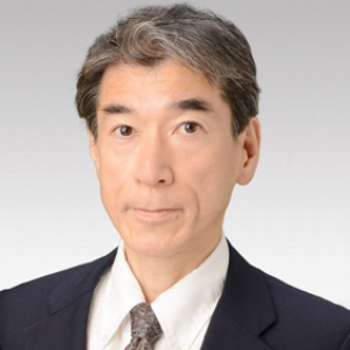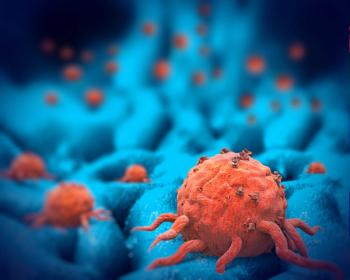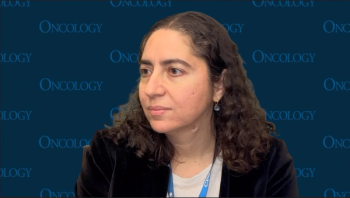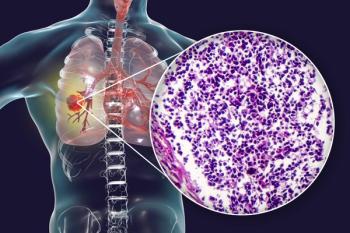
Oncology NEWS International
- Oncology NEWS International Vol 18 No 7
- Volume 18
- Issue 7
Accelerated whole-breast irradiation does more with less after lumpectomy
Shortening the course of whole-breast irradiation aft er lumpectomy from fi ve weeks to three can improve convenience and cut costs without sacrificing results, according to research from McMaster University in Hamilton, Ontario.
Shortening the course of whole-breast irradiation after lumpectomy from fi ve weeks to three can improve convenience and cut costs without sacrificing results, according to research from McMaster University in Hamilton, Ontario.
In more than 1,200 node-negative women who underwent successful resection by lumpectomy, long-term local cancer recurrence in those randomized to receive three weeks of irradiation did not diff er signifi cantly from recurrence in those who received the traditional fi veweek course of irradiation. Patients in the accelerated group, who received 42.5 Gy in 16 fractions, had a 10-year local recurrence rate of 6.2%. In the standard group, which received 50 Gy in 25 fractions, the corresponding rate was 6.7%. “We originally assumed that accelerated hypofractionated whole-breast irradiation would not be inferior to standard whole breast irradiation. Actually, we found that accelerated hypofractionated whole breast irradiation was slightly better,” said Timothy J. Whelan, MD, a radiation oncologist at the university’s Juravinski Cancer Centre (ASTRO 2008 abstract 60).
In addition, the two groups did not differ signif cantly with regard to longterm morbidity and cosmetic outcomes.
Radiation-related adverse effects were similar with regard to either the skin or subcutaneous tissue (see Table). A good or excellent cosmetic outcome was reported by 71% of those in the standard group and 70% of those in the accelerated group. The results suggest that an accelerated treatment approach could make wholebreast irradiation therapy available to a segment of the breast cancer patient population that is currently not being adequately served, Dr. Whelan said. “We know that in North America about 20% to 30% of women don’t receive wholebreast irradiation, in part because of inconvenience and in part because of costs,” he said. “Not only is this more convenient, but it’s also lower cost, not only to the payer but to the payee who has to travel less.”
Whether the long-term findings are applicable beyond the study population remains to be seen. All patients in the trial were node negative, and none received the electron-beam boost delivered to the tumor bed because it was not common practice during the treatment phase of the study (between April 1993 and September 1996).
“Older, node-negative women over 60 who aren’t going to receive a boost-this would be an ideal therapy for those women,” Dr. Whelan said.
Despite the questions remaining, the results were well received. “This is a landmark study in the breast radiation oncology field,” said Alphonse Taghian, MD, PhD, chief of radiation oncology breast services at Boston’s Massachusetts General Hospital. “It should have an impact on treatment patterns for select patients with early-stage breast cancer.”
The Canadian study represents a growing trend in which researchers focus their efforts as much on the socioeconomic aspects of cancer therapy as on the treatment itself, said Anthony Zietman, MD, professor of radiation oncology at Harvard Medical School.
“It used to be that we were totally focused on a cure, and that’s still a huge focus,” Dr. Zietman said. “But in recent years, we’ve taken a more holistic approach. We look at the consequences of treatment on a patient’s life. Studying this is both essential and respectful.”
Articles in this issue
over 16 years ago
Less is more when it comes to serial CA125 testing in ovarian cancerover 16 years ago
Treatment varies widely in chronic myeloid leukemiaover 16 years ago
Oncology takes blame for rising healthcare costover 16 years ago
NSABP chair admits ‘failure’ in C-08 trial, denies defeatover 16 years ago
Gemcitabine, capecitabine regimens equal in breast ca metsNewsletter
Stay up to date on recent advances in the multidisciplinary approach to cancer.




















































































